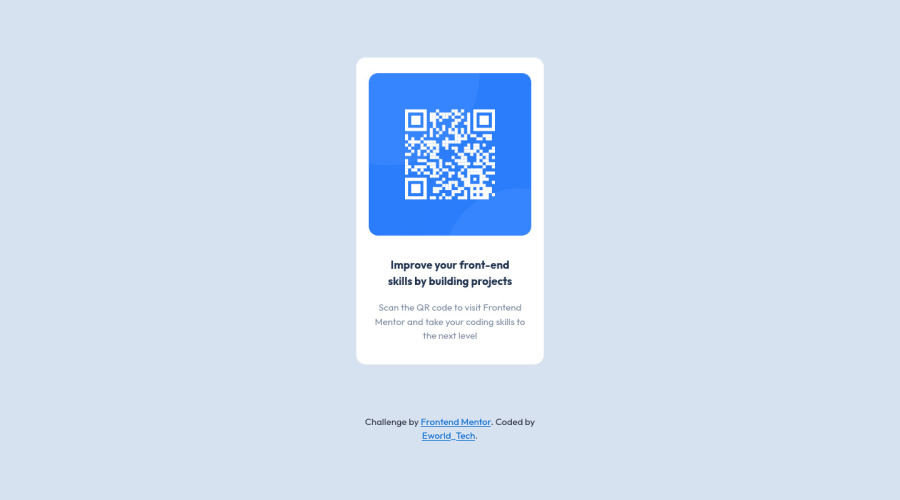
Design comparison
SolutionDesign
Solution retrospective
Didn't stress much, just checking how fast i can finish a simple project with html and css. spent few minutes building this project. thank you
Community feedback
Please log in to post a comment
Log in with GitHubJoin our Discord community
Join thousands of Frontend Mentor community members taking the challenges, sharing resources, helping each other, and chatting about all things front-end!
Join our Discord
